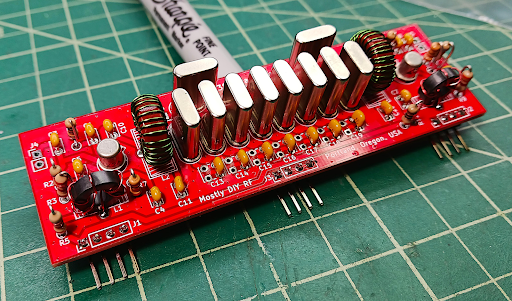I wonder how the procedures we see in this film compare to the famed spacecraft-building procedures of the Jet Propulsion Laboratory in California. But just remember: When it came time to launch the Webb Space Telescope, NASA opted to launch from the ESA facility in French Guiana. Their Ariane rocket apparently had a better success rate than ours. But it did seem to me that they did discover problems with some of the instruments in the thermal phase of the "shake and bake" but then corrected them without re-running the thermal tests. Was that a violation of test principles?
Watching this movie makes me really want to take out my small telescope and aim it at Jupiter (which is now high in our evening sky).
We see a lot of "soul" built into this new machine: the inclusion in the spacecraft of a copy of pages from Galileo's Starry Messenger and the names of those involved in the project, and the selection of the faring logo from a children's contest, for example. Yaryna, the young Ukrainian artist who drew the logo at age 8, even mentions "soul" in her remarks.
Godspeed, JUICE!

























.jpg)






























